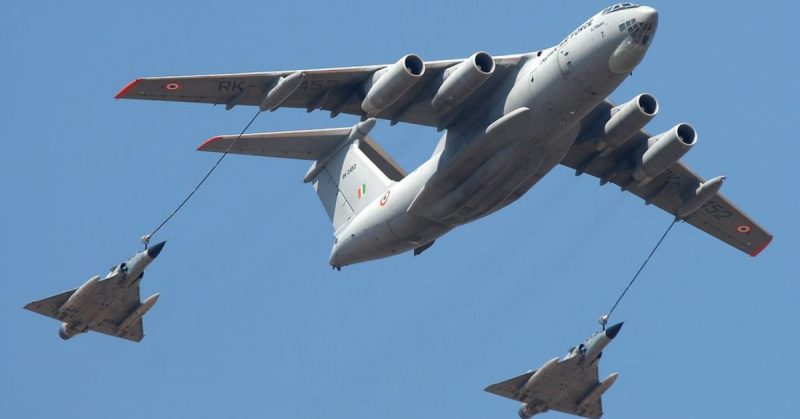The Indian defense capability took a big step forward with the successful air-to-air refueling of the Tejas MK1 fighter aircraft by an IL-78 MKI tanker.
In a report published by the Indian state-owned Hindustan Aeronautics Limited (HAL), the refueling test was successfully carried out on Monday 17th September when 1,900 kilograms of fuel was successfully transferred between the two aircraft.
On the 4th and 6th September, the two aircraft were able to make a dry-docking maneuver where the aerial refueling probe of the Tejas MK1 was successfully connected to the aerial hose of the tanker.
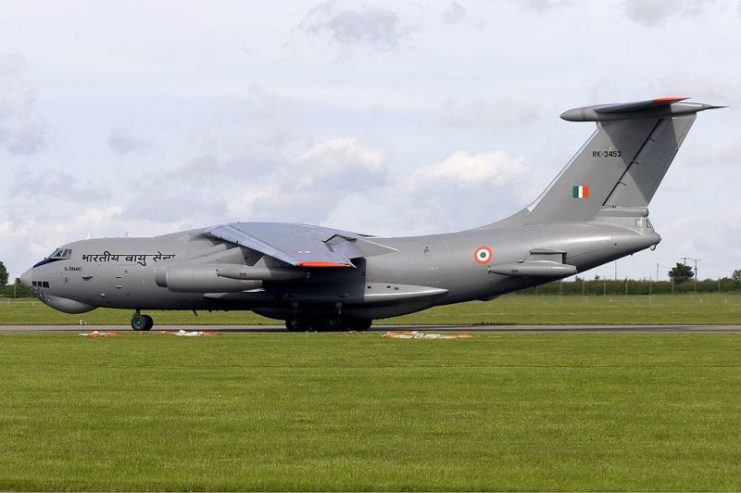
With these successful tests carried out, a wet run was scheduled. While the two aircraft were at an altitude of 20,000 feet (6,096 meters), and traveling at a sped of 270 knots, the fuel load was transferred filling both the Internal and drop tanks of the Tejas MK1.
The Tejas is a single-seat, single-engine fighter designed to carry out multiple roles. The jet has been developed by the Aeronautical Development Agency in conjunction with HAL and is intended for use by both the Indian Air Force and the Indian Navy.
The Tejas has been designed in a compound delta-wing configuration that makes the aircraft highly maneuverable.
It is the smallest and lightest contemporary fighter aircraft of this class. The initial operational clearance that would allow Indian Air Force pilots to fly the Tejas was issued on the 10th January 2011.
The successful test also places India in an elite club of countries that have developed air-to-air refueling systems for military aircraft. It is a big step forward in the development of the Indian designed fighter jet and paves the way for the issuing of a final operational clearance certificate.
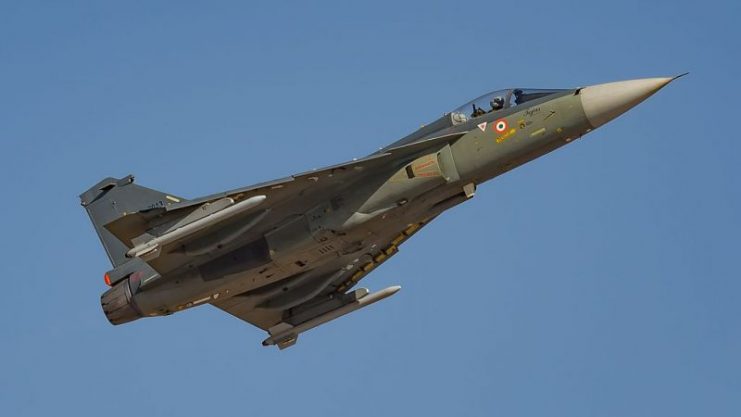
Despite the recent successful testing of the integration of an advanced set of avionics, including the I-Derby beyond-visual-range air-to-air missile system supplied by Rafael, the development of the Tejas is far behind schedule.
The first combat-ready planes are due to be delivered to the Indian Airforce by December, but the production of the fighter at HAL’s Bengaluru plant has slowed considerably of late.
In 2006, HAL reached a contractual agreement with the Indian Air Force for the delivery of 20 Tejas planes that had initial operational clearance certification. This delivery was due by 2011, but to date, only nine jets have been successfully delivered to the Airforce.
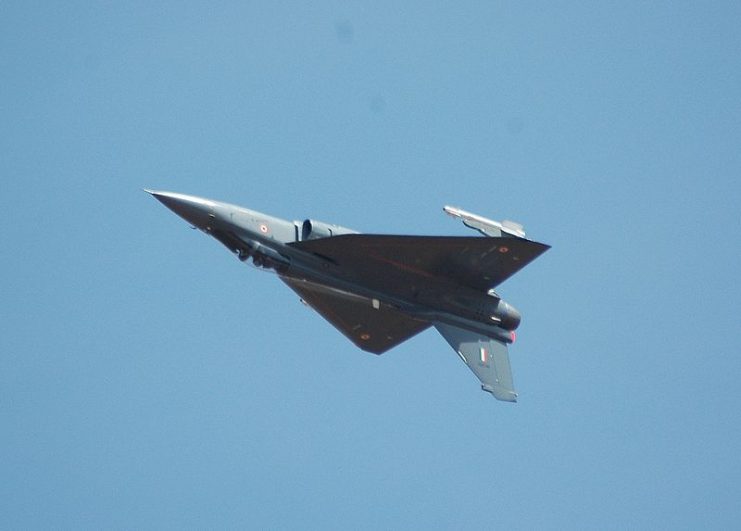
Then in 2010, HAL was given a contract to provide a further 20 fighters with combat-ready certification by 2016. To date, HAL has not been able to achieve a final operational clearance certification from the Air Force.
In November 2017, reports surfaced that the Indian Air Force was not satisfied with the performance of the Tejas and that it had some significant problems such as insufficient flight endurance, increased maintenance hours, and smaller payload capacity when compared to other aircraft of a similar class.
This criticism was rejected by Hal, who claimed that the Teja was a world-class aircraft that is more than capable of fulfilling its intended role.
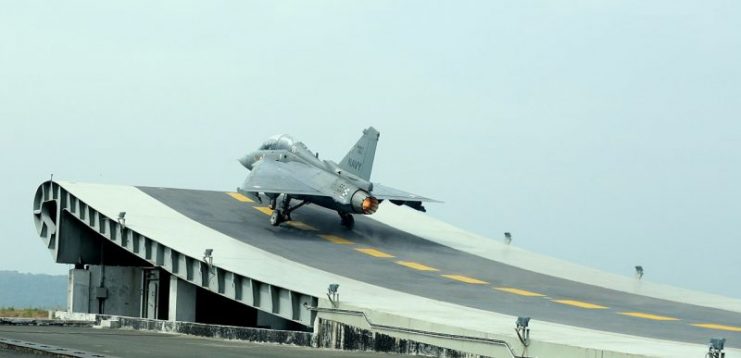
Since the Indian Air Force has ordered an additional 83 Tejas fighters, these criticisms must have been overcome.
Read another story from us: China’s Copy Cat Jets – Shenyang J-11B
As the Indian Government must have spent many millions of dollars on the development of this aircraft through their state-owned company, it is highly unlikely that the Air Force and Navy would be permitted to purchase other aircraft, so it can only be hoped that the teething problems are resolved to the satisfaction of both parties.
